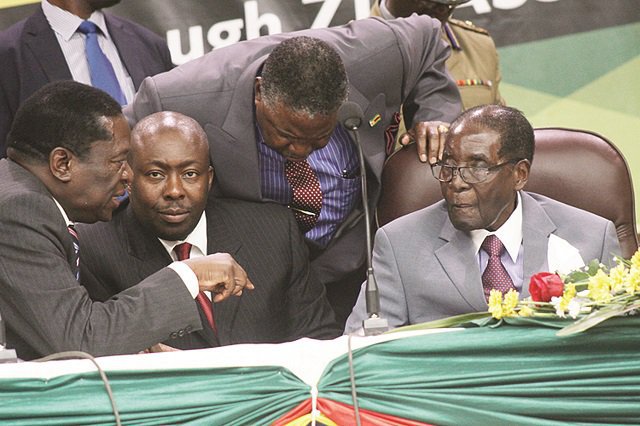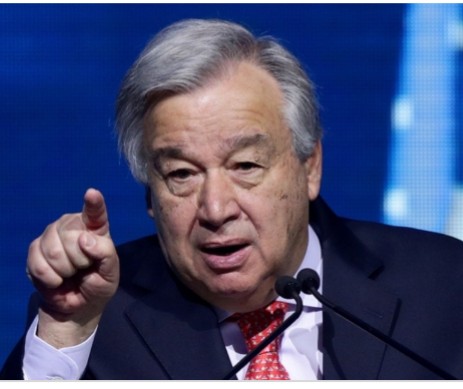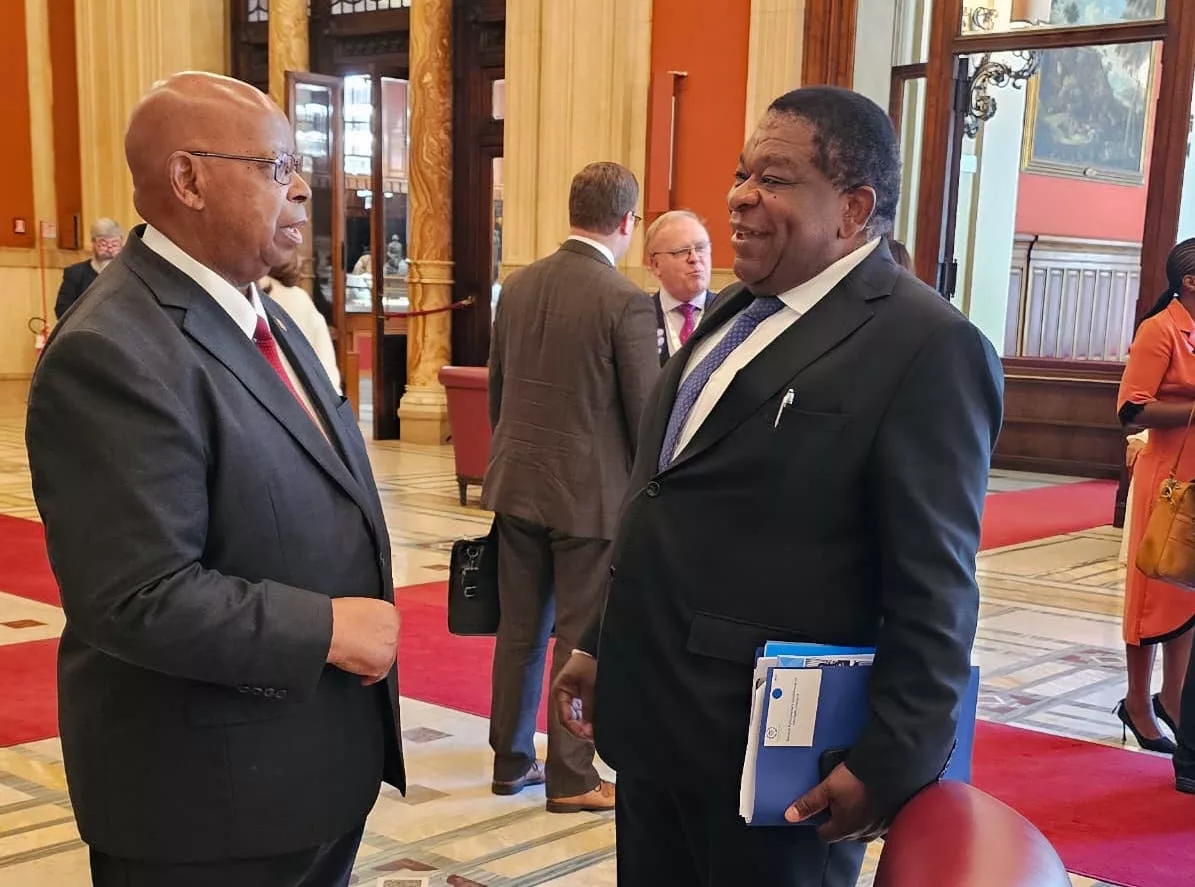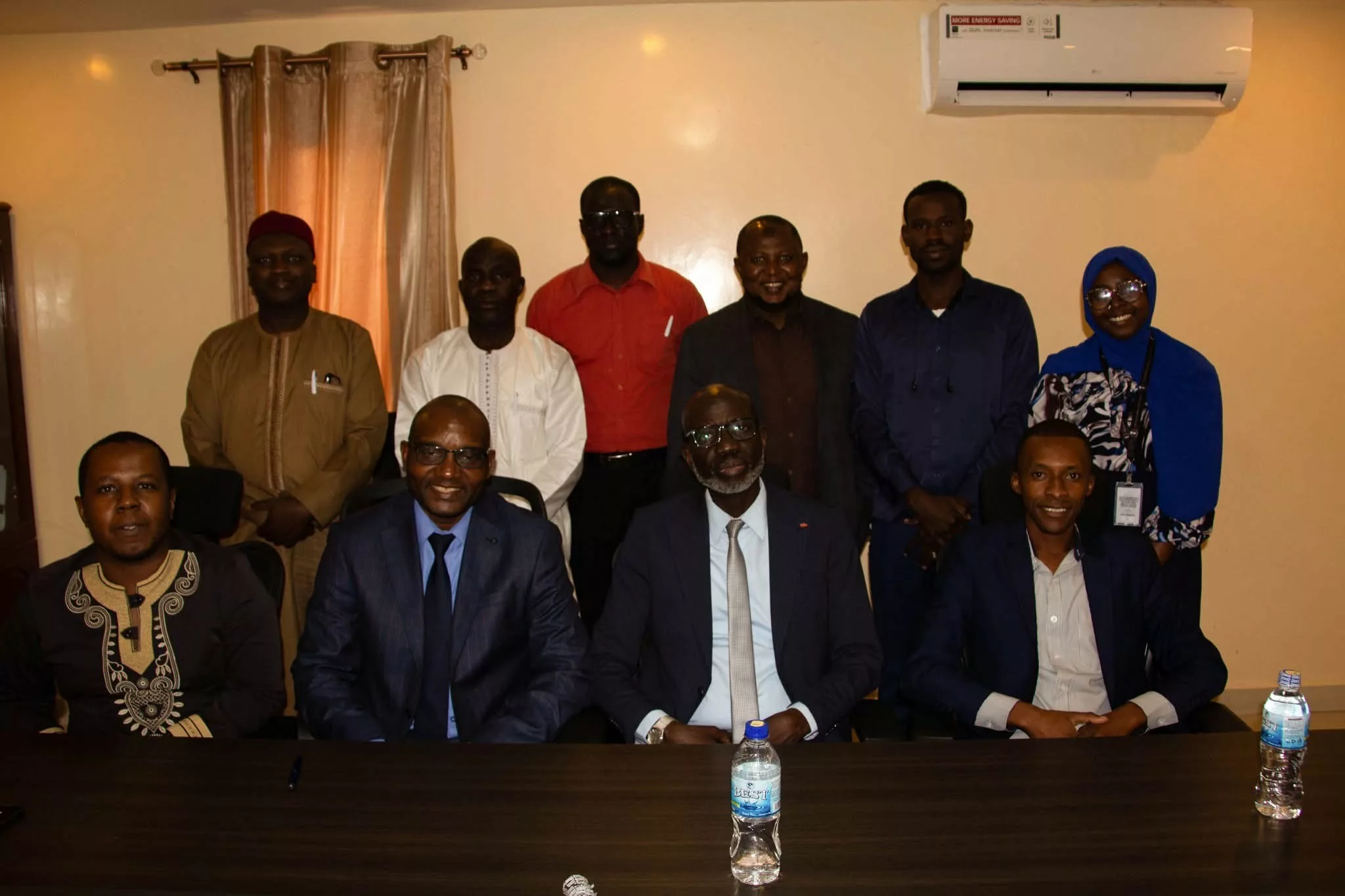By Farai Chirimumimba
In 1999 when the Movement for Democratic Change (MDC) was formed, there has been effort to reverse the trend of political despair and disillusionment which characterise political life. This attempt manifests in the demand for democratisation and good governance. The long years of political misrule and bad governance exemplified by personalised ZANU-PF regime has left Zimbabwe demobilised and economically de-capacitated population ravaged by poverty, hunger and high unemployment levels.
In recent years the debilitating poverty of the people accentuated by the economic crisis have provided a basis and indeed, a common platform through social media like Facebook, Twitter and YouTube which led to the formation of #This Flag and #Tajamuka (we have protest) in the demand for transparency, accountability and end of corruption by the people.
Zimbabwe’s development hemorrhage is a debilitating and profound one, when compared with that of other parts of the world. For example, In February 2015 President Robert Mugabe stunned the citizens when he announced that US$15 billion revenue from diamond was lost due to illicit deals and insider dealings. Since this announcement no one has ever been brought to book neither has Mugabe himself initiated any efforts to hunt for the thieves. Yearly Auditor- General Reports has unearthed numerous irregularities from road agency Zinara, city councils, to power utility Zesa and several other state enterprises. However, no concrete action has been taken instead, the succession issue in ruling ZANU-PF has of late become the centre of attention in Zimbabwe’s political sphere, not because of soaring rhetoric it had once famous for, but for the increasingly diverting attention from the real fundamental issues affection the citizenry.
This uncertainty and perpetual succession bickering has the effect of keeping investors off. In addition the election mode the country has been since the last election in 2013 and the electoral reform protests and the social movements marches all took a toll on the country. But, what precipitated the infighting in ZANU-PF?
Professor Jonathan Moyo’s October Crisis
It is public knowledge that the Zimbabwe Anti-Corruption Commission (Zacc) was reported to have been waiting for to come out after the politburo meeting which then was underway at the ruling ZANU-PF party’s head office on 5 October 2016. The day marked the beginning of Moyo’s October Crisis which undoubtedly set into motion a sequence of events that ironically, through the short demise of Prof Moyo led to events that proved far more threatening to ZANU-PF’s unity and have shaped the succession fights within the ruling party to the day Mnangagwa was fired.
Although the period that covered the crisis and its immediate aftermath, shows the circumstances leading up to the crisis were as grim as they were unprecedented, within a few months, the frenzy brought by the case effectively collapsed on both the print and social media. However, the case undoubtedly ushered into context the factional fights playing out in ZANU-PF, Moyo and Mnangagwa were reported to belong to opposing camps. Moyo is thought to be a key member of the Generation 40 (G40) faction opposed to the prospects of Mnangagwa becoming Mugabe’s heir apparent. Team Lacoste, a rival to G40, is fighting in Mnangagwa’s corner.
Moyo swiftly blamed his one-time ally, Vice-President Emerson Mnangagwa for helping engineer his then imminent “arrest”. Recently, President Robert Mugabe addressing thousands of supporters in Bindura at a youth interface rally revealed that the tiff between Moyo and Mnangagwa stemmed from 2004 infamous “Tsholotsho Declaration” 2004 that saw the latter being expelled from ZANU-PF. Zacc has also been caught up in the factional fights stemming from the October Crisis. Critics of the commission allege certain of the vice-president’s allies hold key organs.
In the weeks and months after the crisis, Moyo resorted to twitter and both print and electronic media for moral and political survival putting off any Lacoste fight. As alluded to earlier, the saga extend beyond the political realm covering economic issues for instance the fumed Command agriculture programme then led by Mnangagwa which Moyo lambasted as no longer Command Agriculture but “Command Ugly-Culture”. Newsday in an article titled, “Moyo Scoffs at ‘Command Ugly-Culture”, quotes a tweet by Moyo, “ VP Mnangagwa’s Command Ugly-Culture, disguised as Command Agriculture, is a corruption of a noble objective and is, thus , totally unacceptable!”. Mnangagwa was being accused of personalising the programme for political mileage which resulted in Mugabe stating that the command agriculture idea was the brain-child of first lady Grace Mugabe. In recent days the first lady lambasted Mnangagwa for hijacking her project for all sorts of bad reasons.
First Lady Grace Mugabe has been defending Moyo saying that the corruption charges being leveled against him are baseless and false. At a recent President Mugabe’s Youth interface Rally, the First Lady is quoted saying, “I don’t know of G40 but l know Lacoste exists”. This statement is a sharp contrast to President Mugabe who says that Kasukuwere is the kingpin of G40 which Moyo is suspected to side with.
The fallout between Moyo and Mnangagwa turning point was on 1 June 2017 with the introduction of Sydney Sekeramayi by Prof Jonathan Moyo during the third Sapes Trust Pan-African Lecture: “Whither Zimbabwe’s Nationalist Project” ushering a whole new dimension to the October Crisis and succession politics in ZANU-PF. The harsh exchange of words between Prof Moyo and General Constantino Chiwenga (who has denied being a Lacoste member) over command agriculture cannot be ignored notably Chronicle article titled “Chiwenga warns Prof Moyo”, 27 June 2017. The Newsday article titled, “Moyo hits back at Chiwenga” among others and the twitter responses by Moyo also fueled the infighting to the next level.
There is however, no doubt that Moyo’s dossier presentation in July at politburo outlining Mnangagwa’s role in the succession battle also changed the direction of the succession infighting. However, it was Mnangagwa’s unsubstantiated ice-cream poisoning saga at Gwanda youth interface rally in August and the events that took place between 3 to 6 October accelerated his demise. First it was the statement he made at the memorial service of Shuvai Mahofa on 3 October to the effect that they wanted to kill through poisoning him like they did to Mahofa at a party’s annual conference in Victoria Falls in 2015 did not go done well with the Mugabe’s who took it as a direct accusation by Mnangagwa. He was quoted by ZBC online as saying: “I was not around when she passed away but what happened to her in 2015 in Victoria Falls is also what happened to me in Gwanda. So on the 12th of August, l was taken to hospital. I was taken from Gwanda to Gweru and l can’t remember what followed. The following Wednesday when l regained consciousness, that is when l learnt on the passing on of Cde Mahofa,” said Cde Mnangagwa. A few days earlier, President Mugabe come gun blazing warning senior party officials to desist from alleging that Mnangagwa was poisoned by ice-cream from his Gushungo Dairy Company.
The poisoning saga worsened on 4 October when Grace Mugabe hit back at Mnangagwa during the launch of the Empowerment bank and savaged her husband’s then deputy. Grace Mugabe said, “I’m the first lady and Mnangagwa is a nobody. He was employed by my husband. Why would I kill him?”, asked Grace Mugabe?.” “I can’t prepare one cup of an ice cream to kill Mnangagwa. Who is he? I’m the wife of a president,” said Grace.
On 5 October the Herald screamed with the headline, “Mphoko differs with Mnangagwa on poisoning”. Vice-President Phelekezela Mphoko who was then acting president said: “In statement he made when he was the Acting President after President Mugabe had gone to South Africa, VP Mphoko said: “Over the weekend, and apparently using the background of unproven, but persistent allegations and claims that the late national heroine Shuvai Mahofa was poisoned at the zanu-pf People’s Conference in Victoria Falls in 2015, VP Mnangagwa told an emotionally charged memorial service for Cde Mahofa in Gutu that what happened to her in 2015 in Victoria Falls, is also what happened to him on August 12 in Gwanda”.
“Contrary to his statement, his medical doctor, while briefing President Robert Mugabe in the presence of VP Mnangagwa, confirmed that Vice President Mnangagwa was not poisoned. At the Gweru Presidential Youth Interface Rally, President Mugabe revealed that, three days earlier, he had met with Mnangagwa’s medical doctor in the presence of Mnangagwa and that the doctor, who has been attending to Mnangagwa for 20 years, told the President that his long standing patient had not been food poisoned,” said VP Mphoko.
On 6 October the Herald carried a story titled, “Mnangagwa clarifies poisoning statement”. “I never said that I was poisoned in Gwanda, but that I fell ill in Gwanda. Equally, the late national heroine Cde Shuvai Ben Mahofa fell ill during the 15th National People’s Conference of ZANU-PF held in Victoria Falls in 2015. She was taken to hospital in Zimbabwe and subsequently to South Africa. Therein is the extent of the similarities of events which I alluded to during my address.”
“During the briefing with His Excellency, the President, Cde R.G Mugabe, the medical doctors who attended to me ruled out food poisoning, but confirmed that indeed poisoning had occurred and that investigations were still in progress. They, however, established that poisoning had indeed occurred and investigations were in progress.
However, his clarification did little to claim the boiling situation only to make it worse during the last youth interface rally at White City stadium in Bulawayo on 4 November. Mugabe was quoted by the Sunday Mail article titled, “Was l wrong on Mnangagwa” 5 November 2017 saying, “Zuva nezuva (everyday) we are insulted. President anogara achitukwa ikoko nevanhu ivavo (is insulted daily by these people). Asi tine vanhu vedu (but we have our people). Ruzhinji rwevanhu vanotevera gwara, vanoda kubatana nevamwe, havadi hunya’nya ihoho (most of the people follow the dictates of the party religious and have nothing to do with all this nonsense).
.
“Ko, ndinotukwa muzita raVaMnangagwa kuti kuno ndekwa vaMnangagwa. Ko, ndakatadza here kuti ndiite VaMnangagwa as deputy wangu? (I am insulted because of Mnangagwa was l wrong to make him my deputy?).
“Kana ndakatadza ndinovadonhedza mangwana chaiwo. Kana vachida kuvamba musangano wavo nevanova supporter ngavavambe. (If l was wrong l will fire him by tomorrow and let them form their own party).
“Hatingaite musangano wekunyombana pano (we don’t want a party were people are always insulting each other), I don’t like that.
Turning to an earlier instance when Grace Mugabe was booed by people, Mugabe said he was aware of the whole plot to embarrass the first lady at the meeting. On 6 November Mnangagwa was fired from government by Mugabe exercising his powers in accordance with the Constitution of Zimbabwe Amendment number 20 section 329, 6th schedule, paragraph 14, sub-paragraph (2).
In conclusion we wait for Mnangagwa’s response as the economy continues to be in a dire state. As emergency meeting to discuss power struggles continue to overshadow bread and butter issues. The decision removes one of the leading contenders to become Mugabe’s successor, amid speculation the president is preparing his wife to take over instead. Analysts are now questioning how the firing of Mnangagwa, who some believe is an influential figure, will affect the country. However when dust settles Zimbabwe need to graduate from the chaos wrought of the succession politics within ZANU-PF and leap frog away from the electoral mode at least after next year’s harmonised elections.






